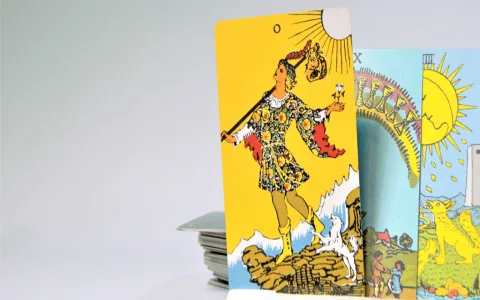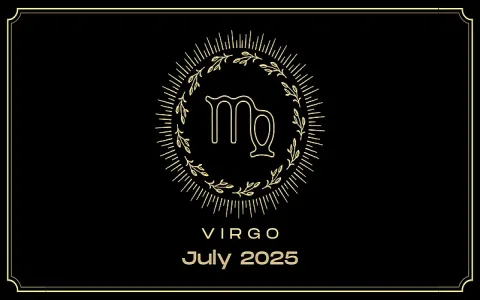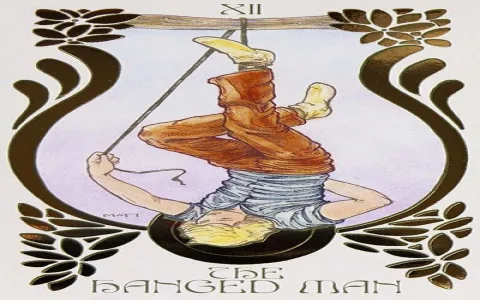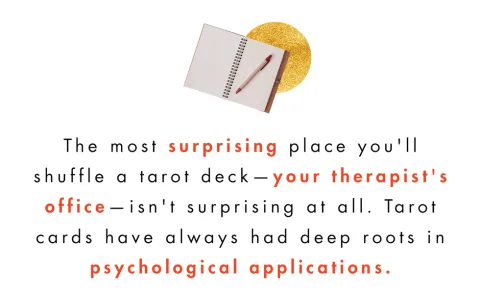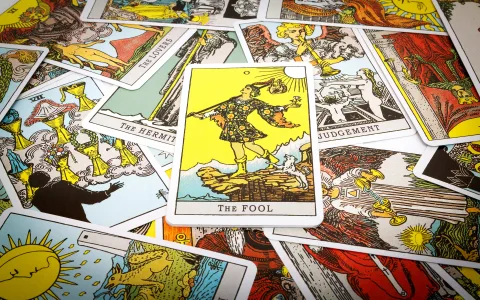Alright folks, let’s chat about upright and reversed tarot cards. I know, seems simple, right? Cards point up or down. But trust me, my own journey figuring this out was way messier than I expected. I made a bunch of cringe-worthy mistakes along the way. Grab a cup of tea, here’s how it went down.
Starting Out Completely Clueless
When I first got my deck, I was just excited. I shuffled those cards like crazy, laid them out, and started trying to read. Honestly? I barely even noticed if a card landed upside down. I just kind of… pretended it didn’t happen? Or maybe squinted and tried to twist my head around to see it “right side up.” Yeah, not my brightest moment. I treated every card like it was shouting its upright meaning at me, loud and clear. Spoiler: they weren’t.
Flipping Out Over Reversals
Then, I started paying attention. Too much attention, actually. Suddenly, every reversed card felt like doom. I’d pull one reversed card in a whole spread of uprights, and my brain would just latch onto it like, “OH NO, DISASTER! Everything else is meaningless!” I turned reversals into these gigantic, scary monsters blocking out the sun. My readings got super negative and panicky. Not helpful.
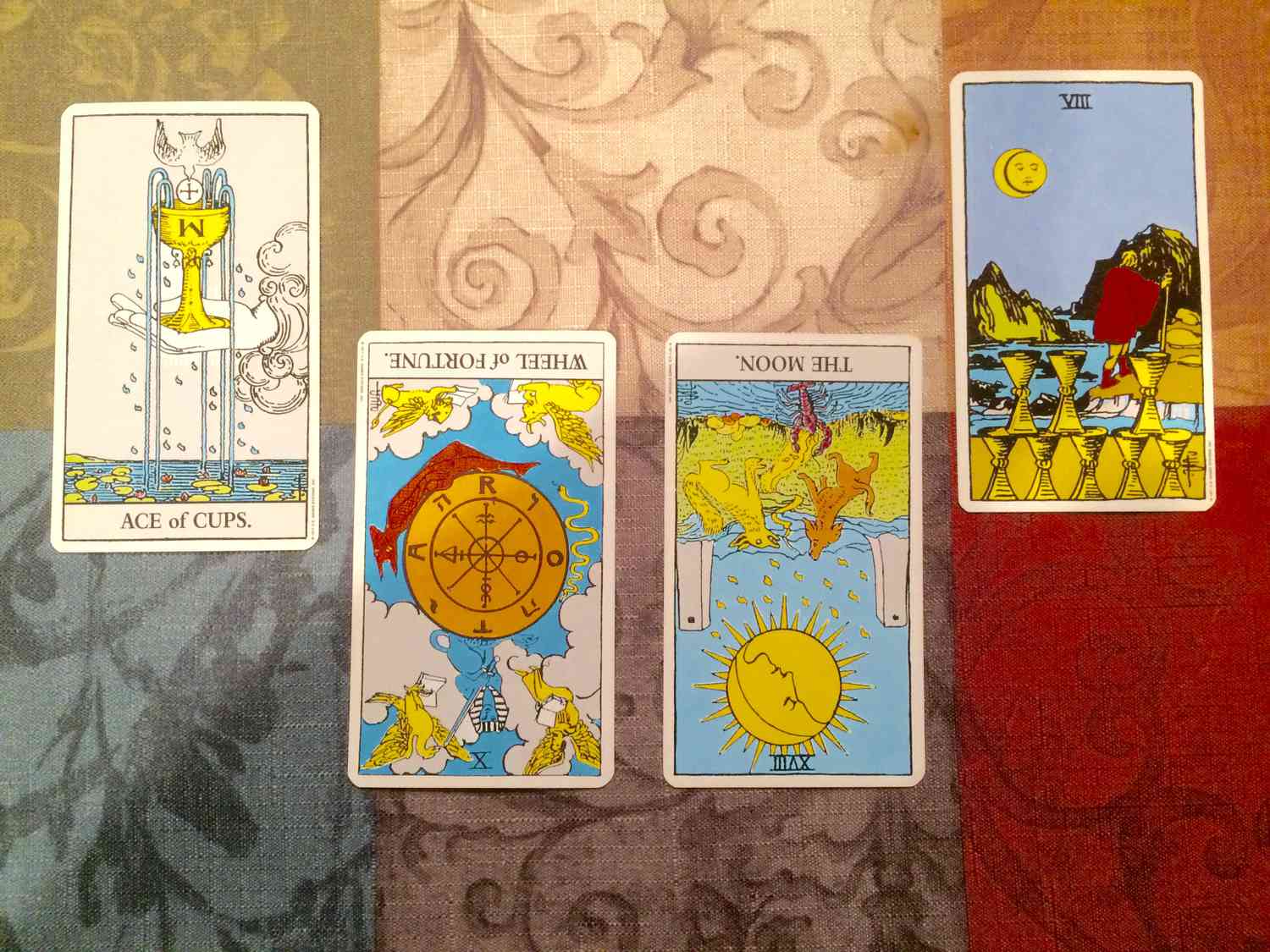
The “Meaning Dictionary” Disaster
So, trying to fix this mess, I did what felt logical: I bought a big fat tarot book. I memorized lists. Upright Justice = fairness, balance. Reversed Justice = unfairness, dishonesty. Sounds straightforward? Nope. Real life is messier than a dictionary.
Imagine this spread: Knight of Wands upright (energy, action!), Ace of Cups reversed (blocked emotions?), The Sun upright (joy, success!). My book-smart approach would have me yelling about that blocked Ace of Cups ruining the party, ignoring the vibrant Knight and the shining Sun. It felt robotic. The cards weren’t talking to each other; they were fighting.
Getting My Hands Dirty & Seeing Connections
I finally realised I needed to ditch the rigid thinking. It was all about the picture and the feel of the whole spread. I started physically placing the cards deliberately:
- Shuffled normally and let cards fall out upside down naturally. No forcing.
- Looked at the whole picture first. What’s the overall vibe? Upbeat? Stuck? Tense?
- Then looked at individual reversals. Instead of just yelling “BAD!”, I asked: “How does this card being blocked or delayed or inward-focused change the story being told by the cards next to it?”
- Paid attention to patterns. If all the cards were reversed? Big energy shift. Mostly upright with one reversal? That one card needed special attention, but not panic.
Painful Lessons Learned (You Can Skip These)
Turns out, experience is the best teacher, even when it slaps you around a bit. Here’s the real stuff I got wrong, so maybe you won’t:
- Ignoring them completely: Yeah, like my head-twisting phase. You lose half the story, literally.
- Treating every reversal as “bad” or “opposite”: Instant doom spiral. It’s more subtle – delay, inner focus, blockage, needing a different approach.
- Forgetting the context: That reversed Three of Swords might not mean heartbreak, it could mean the pain is easing, or healing is internal right now. What cards are next to it?
- Overcomplicating simple readings: Sometimes a reversal just means “this energy isn’t flowing easily right now.” Don’t invent a Shakespearean tragedy for every upside-down card.
- Relying only on memorized meanings: The book is a guide, not gospel. How does the reversed card look in your spread? What feeling does it give you in that moment?
So, that’s been my ride. From ignoring reversals, to fearing them, to finally trying to understand their real role in the conversation. It’s an ongoing practice, but way less stressful now that I dropped the rigid rules and started really looking. If you’re starting out with reversals, don’t sweat it too hard. Pay attention, stay curious, and try to see the whole story, not just which way the picture points.

